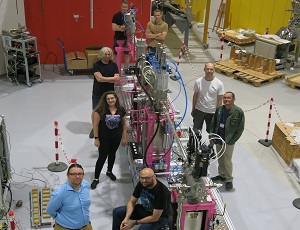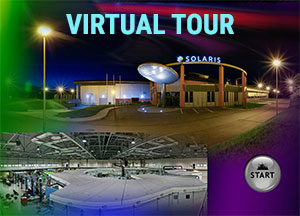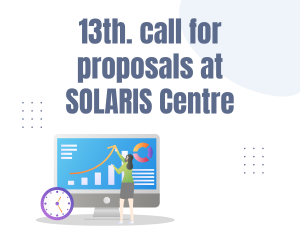 Web Content Display
Web Content Display
SOLARIS centre
 Web Content Display
Web Content Display
Installation of the PolyX beamline front-end

The installation of PolyX beamline front-end has been completed. It was delivered to SOLARIS Centre on 25th June 2021. Front-end is a key element of every synchrotron beamline. It consists of a set of devices which allow to transport synchrotron radiation beam from bending magnet in storage ring to the experimental hall.
The front-end has also water cooled exit slits, a set of filters for beam shaping, beryllium window and safety shutters which allows to block synchrotron beam safely. At the moment, front end is mounted on a test-stand - a stand designed by our Solaris team for mounting, alignment and testing front-end devices. Installation of the front-end in storage ring is planned on August during synchrotron shutdown.
The delivery and montage of the key part of the PolyX beamline is a fundamental stage in the process of building and then commissioning the infrastructure. The undertaken activities require extraordinary precision and knowledge, both engineering and scientific. Thanks to the professional cooperation of our team, the work went smoothly and was successful – says Dr. Katarzyna Sowa, PolyX beamline manager.
The PolyX beamline is created as a result of strong cooperation of scientists from the Jagiellonian University and the AGH University of Science and Technology, with the participation of scientists from the Institute of Nuclear Physics , Polish Academy of Sciences and in consultation with scientists from all over Poland. Experimental methods using hard X-rays are not only interesting for a wide group of users of synchrotron radiation, but also are often even irreplaceable - adds Prof. Paweł Korecki, Head of the PolyX project.
The POLYX beamline will enable multi-scale X-ray and multimodal imaging. It will allow to obtain spatial (2D and 3D) information on the elemental composition and chemical compounds, as well as on crystalline phases occurring in samples.
In the photo from left: Dr. Paweł Wróbel, Dr. Eng. Tomasz Kołodziej, Dr. Katarzyna Sowa, Prof. Paweł Korecki, Dr. Eng. Andrzej Marendziak, Dr. Marcin Zając, MSc Eng. Mateusz Wiśniowski, MSc Eng. Juliusz Wolak


